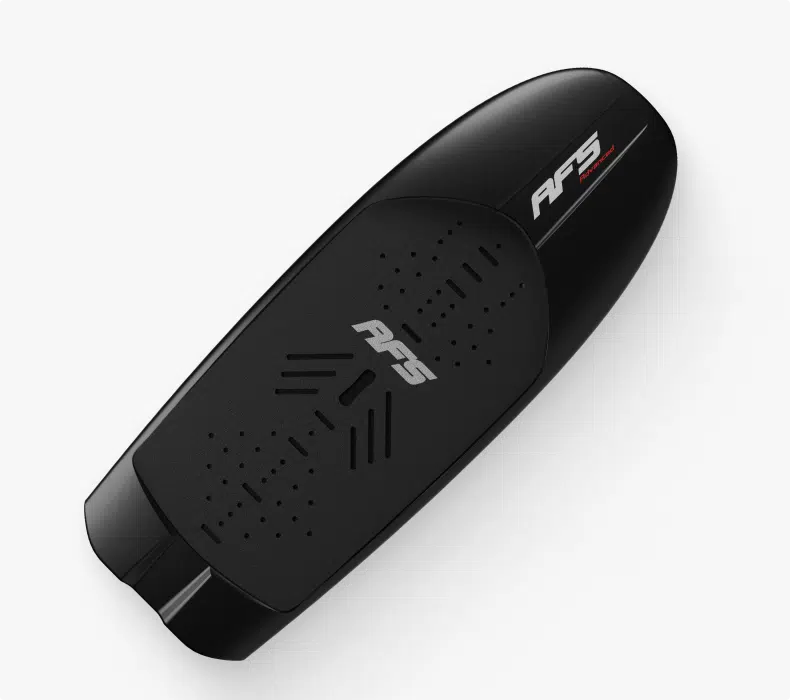Everything you need to know about downwind: moments of infinite glide
#WING FOIL
March 22, 2023
Antonin
Downwind a nautical practice that consists of sailing along currents and winds, using a board, canoe, Hawaiian outrigger canoe, sea kayak, surf-ski, or prone paddleboard.
The practice of downwind sailing is very old and has recently been modernized with the use of foils and wings. The propulsive force for taking off can be with a paddle or a wing. On a downwind course, you will let yourself surf and glide with the wind at your back in the direction of the swell. The sensations are simply exceptional.
Before venturing into a downwind ride, it is important to master the practice and prepare well to avoid any unpleasant surprises.
The ideal conditions for doing a SUP foil downwind include a wind of 15 to 25 knots blowing in the same direction as the swell. It is also important to choose a route with regular swell and a uniform time interval between each wave to avoid surprises and maintain good speed.
With mastery, you can then do downwinds in lighter conditions, including mastering pumping, which allows you to move from one bump to another.

To start, it is better to choose a foil with a generous surface area to generate the essential ability to take off. We really prioritize the takeoff ability, and later on, we can look for more specific abilities in terms of glide, speed, displacement, and maneuverability.
Typically, the recommended sizes of front wings to start with are generally between 1400 and 2000 cm² (Performer range at AFS). After several downwind runs, we can then move towards foils with more glide and aspect ratio, such as the Pure range at AFS.


In a downwind configuration, a large part of the work consists of selecting the right “bump” to start on. This is a small wave or micro-chop that is steeper than the others on the surface of the water. To identify it, you need to have some experience and be able to differentiate them from others.
They appear in the form of small trains of waves with a stronger push than the others. Although this push does not last very long, it is abrupt and produces a suction effect followed by a “push” that lasts 2 to 3 seconds. By anticipating with a few explosive paddle strokes during the suction effect, you can acquire enough speed to take off.
The first thing to do when you go on a long distance downwind is to inform your loved ones, tell them where you are leaving from, what time and where you are going. Do not hesitate to also inform the CROSS (Regional Operational Monitoring and Rescue Center).
As for the equipment, we will present you with the ideal and strongly recommended equipment :
VHF
Sécumar type belt
Fluorescent lycra
Impact vest
Advice from enthusiasts
Satisfied or refunded
2 years warranty
Foil and Co., All rights are reserved. ©2024